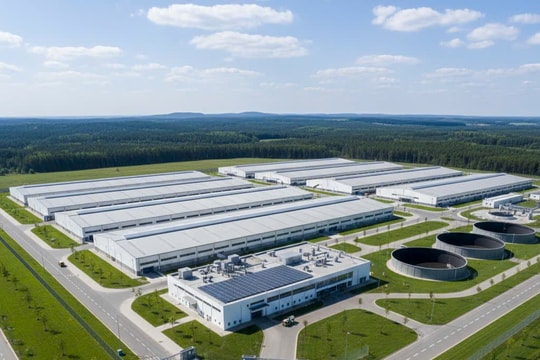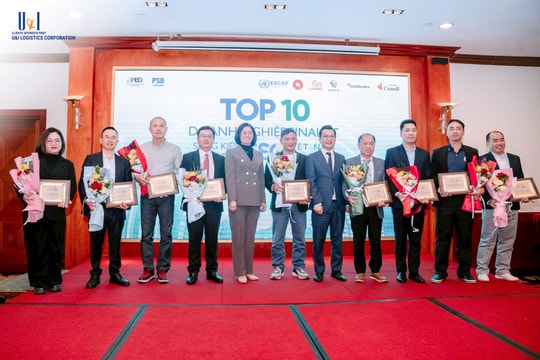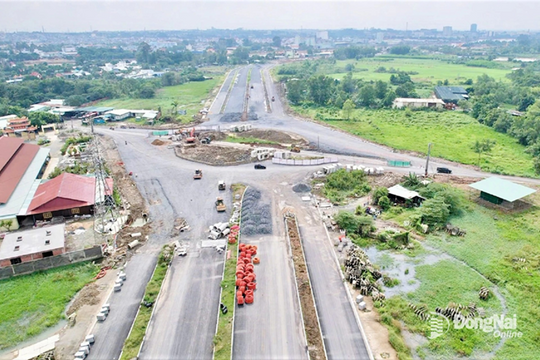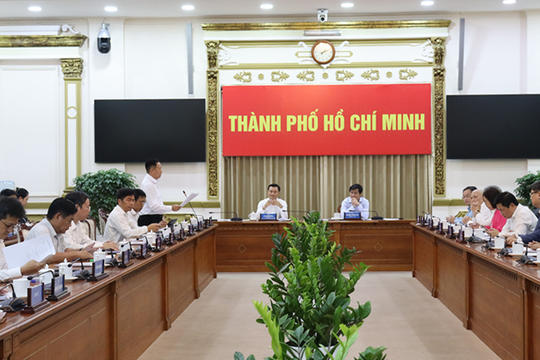.jpg)
.jpg)
Localization rates in Vietnam’s key industrial sectors remain low. The automobile industry achieves only about 10-15%, the electronics sector 30-35%, and the textile and garment industry, while higher, still only reaches 50-60%. The heavy reliance on imported materials and components, especially from China, makes Vietnam vulnerable to trade and geopolitical disruptions.
.jpg)
.jpg)
Notably, Vietnam’s automobile industry is still only involved in the lower segments of the global value chain; it depends heavily on the production allocation of global auto conglomerates and has not yet mastered core technologies. Domestic automobile manufacturing and assembly have not met the criteria of a mature automotive industry and have yet to establish a comprehensive system of large-scale material and component suppliers.
.jpg)
.jpg)
In 2024, the total trade turnover between Vietnam and China reached USD 205.2 billion, of which imports from China amounted to USD 144 billion, a 30.1% increase over the previous year. This dependency not only contributes to a large trade deficit but also poses supply chain security risks, especially as importing countries impose stricter localization and origin standards.
Of particular concern: imports of computers, electronic products, and components reached USD 34.59 billion (up 47.7%); machinery, equipment, tools, and parts reached USD 28.96 billion (up 28.7%); materials for the textile, garment, and footwear industries reached USD 15.59 billion (up 22.3%); various types of phones and components reached USD 9.05 billion (up 24%); and various steel products reached USD 7.49 billion (up 32.5%).
.jpg)
.jpg)
Vietnam is emerging as an attractive destination for foreign direct investment (FDI), especially in the processing and manufacturing sectors. In 2024, total registered FDI into Vietnam reached USD 38.23 billion, with industrial production being the most heavily invested sector by foreign investors. The shift away from China in global supply chains and the "China+1" strategy are opening up significant opportunities for Vietnam to attract international investors and develop its supporting industries.


Particularly, the processing and manufacturing industries led the way with nearly USD 25.58 billion in investment, accounting for 66.9% of total registered FDI, an increase of 1.1% compared to 2023. As we enter 2025, Vietnam continues to be a magnet for high-quality industrial projects, especially in high-tech sectors.
.jpg)
.jpg)
Supporting industry development cannot be carried out in isolation; it requires a comprehensive strategy integrated with national policy frameworks, infrastructure planning, investment direction, and the proactive participation of the business community. First, Vietnam must develop and implement a selective FDI attraction strategy, focusing on foundational and high-spillover sectors such as electronic components, basic chemicals, high-tech materials, technical fabrics, and clean energy batteries. Clear investment orientation should be provided regarding priority areas, ESG standards, and especially the potential for technology transfer to enhance domestic capabilities.
Furthermore, the government should establish a flexible legal sandbox mechanism for large-scale and innovative supporting industry projects. Accepting the wave of “industrial migration” from China must be accompanied by strict management measures regarding origin, technology, and environmental responsibility. There must be a transparent operational framework and effective oversight to prevent Vietnam from becoming a mere substitute manufacturing base lacking real value.
.jpg)
.jpg)
Lastly, a long-term and stable financial mechanism is needed to support domestic enterprises investing in supporting industries. Establishing a Supporting Industry Development Fund with resources from the state budget, public-private partnerships (PPP), and ODA capital would be a crucial step. This fund can provide preferential credit for enterprises investing in component and equipment manufacturing, fund research and engineering training, and subsidize order linkage with FDI groups in Vietnam.
Only with such an integrated and proactive strategy can Vietnam truly break through in developing its supporting industries, rather than remaining a mere final assembly point in the global value chain.
.jpg)
.jpg)
Developing a comprehensive digital system for the supporting industry not only enhances operational efficiency but also serves as a vital tool for transparency and compliance with international supply chain standards. Vietnam must swiftly construct a national supply chain map to accurately identify regions, industries, and enterprises responsible for each production stage, thereby enabling strategic investment allocation and policy support.
Additionally, blockchain technology is increasingly essential for tracing material origins, making certificates of origin (C/O) transparent, and monitoring compliance with ESG standards – which are now mandatory in major markets such as the EU, the U.S., and Japan. This system allows stakeholders, from manufacturers to regulators and end consumers, to verify each step of the supply chain in real time, enhancing Vietnamese businesses’ reputation and competitiveness globally.
A strong supporting industry in the long term not only helps Vietnam build resilience against global supply chain shocks but also acts as a lever to elevate its position in next-generation trade agreements, where origin and ESG compliance increasingly hold decisive power.”
– Mr. Nguyen Xuan Phuc – CEO of U&I Logistics, President of LCC
Moreover, digitization opens opportunities to link supply chain data with green finance and credit platforms, making it easier for supporting industry enterprises to access preferential funding and attract sustainability-focused investors.
.jpg)
.jpg)
The development of supporting industries is not a choice but a necessity if Vietnam wishes to sustain growth, elevate its position in the global industrial landscape, and especially safeguard national production capacity in a world of growing uncertainty. Over three decades of integration have allowed Vietnam to initially succeed in attracting FDI and entering global value chains. However, reliance on imported materials and equipment remains a critical weakness, leaving Vietnam exposed in geopolitical and supply chain disruptions.
.jpg)
.jpg)
Localizing the supporting industry will provide Vietnam with a robust internal manufacturing base, reduce import pressures, enhance self-reliance, and increase domestic value-added in exports. To achieve this, coordinated macroeconomic policies, industrial infrastructure, skilled labor, and modern technology platforms are essential. Effective collaboration among the State, enterprises, and international partners will determine success.


.jpg)
.jpg)
.jpg)

.jpg)
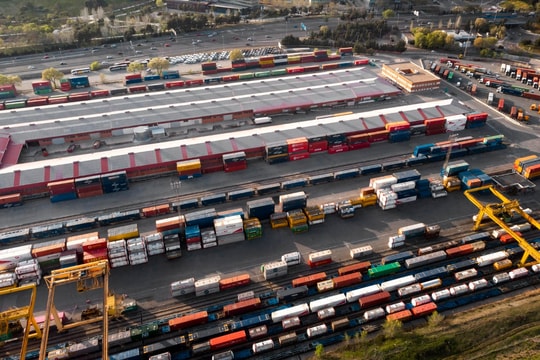

.jpg)
.png)
.png)
.png)


.png)
.png)


